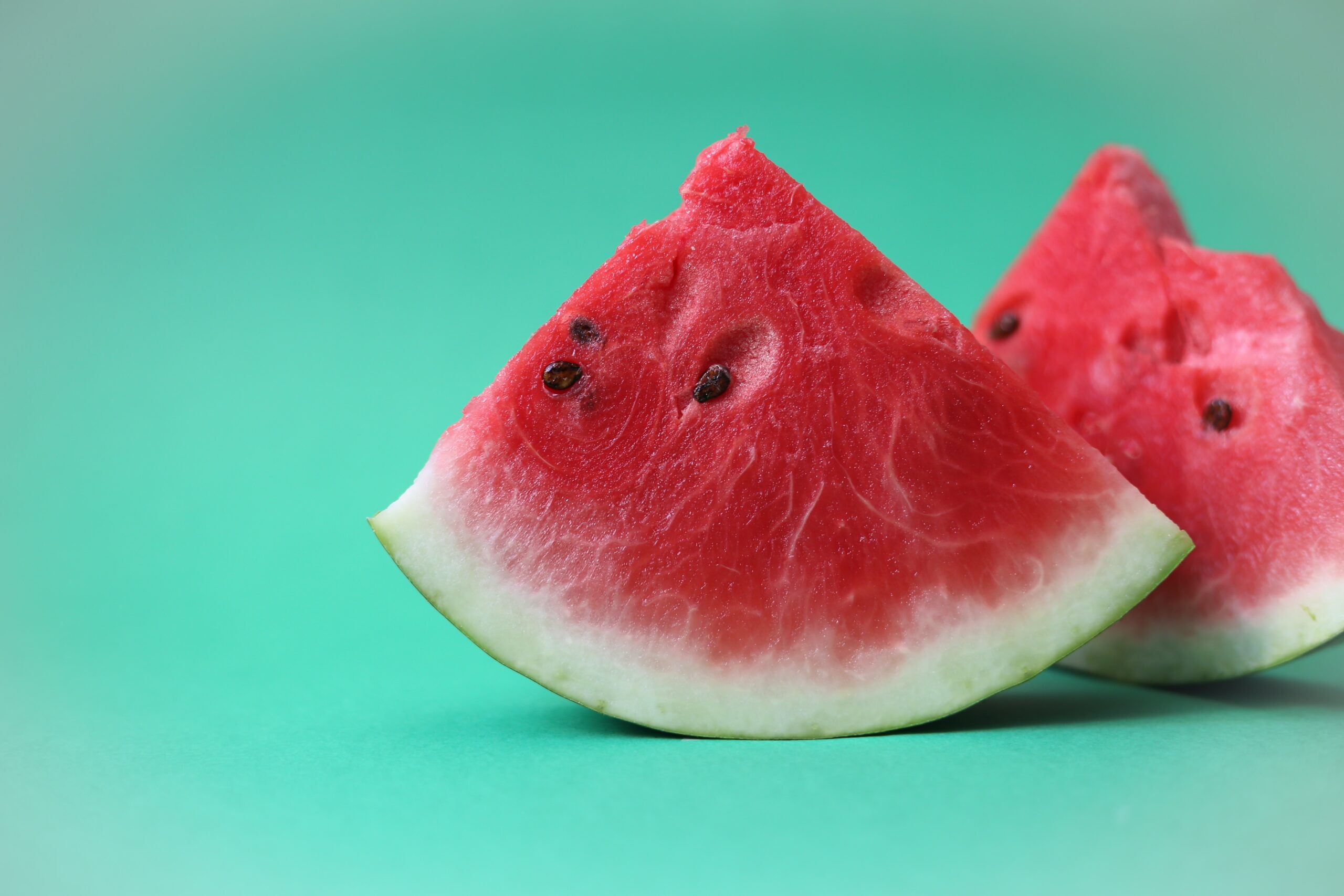Summer is a time for outdoor gatherings, barbecues, picnics, and enjoying great food with friends and family. However, with the warm weather comes lots of opportunities for bacteria to thrive and ruin all the fun. To ensure that your summer feasts are both enjoyable and safe, it’s crucial to follow proper food handling and storage practices. Let’s explore some essential tips and guidelines for maintaining food safety during the summer season.
Cleanliness is Key
Maintaining clean hands, utensils, and surfaces is the foundation of food safety. Before handling any food, wash your hands thoroughly with soap and water for at least 20 seconds. Clean all cooking utensils, cutting boards, and countertops with hot, soapy water before and after each use. Regularly sanitize surfaces to minimize the risk of cross-contamination.
Temperature Control
Bacteria love the warmth of the summer months. Which is why, to prevent foodborne illnesses, it is crucial to maintain proper temperature control at all times. Keep perishable foods refrigerated at temperatures below 40°F (4°C) until just before use. When transporting food for outdoor events, use coolers with ice packs or ice to keep the temperature below 40°F (4°C).
Marinating Safely
Marinating is a great way to add flavor and tenderness to grilled meats and veggies. However, marinating should always take place in the refrigerator and never at room temperature. If you plan to use the marinade as a sauce, set aside a portion before adding it to the raw meat. Avoid reusing marinades that have come into contact with raw meat unless you bring them to a boil first.
Safe Grilling Practices
Grilling is a beloved summer activity, but it’s important to follow safe practices. Ensure that the grill is clean before use to avoid cross-contamination and use a food thermometer to check that meats are cooked to the appropriate internal temperature. The USDA recommends the following minimum internal temperatures: 145°F (63°C) for whole cuts of beef, pork, veal, and lamb; 160°F (71°C) for ground meats; and 165°F (74°C) for poultry.
Picnic and Buffet Precautions
When enjoying outdoor picnics or buffet-style meals, it’s crucial to prevent food from sitting out at unsafe temperatures for extended periods. Perishable items, such as salads, sandwiches, and dairy-based desserts, should be kept in coolers or on ice. Serve only small portions at a time and replenish as needed to minimize the time that food spends at room temperature.
The warmer temperatures not only allow bacteria to thrive but insects too. Insects also carry bacteria and can quickly land and spread this bacteria into your food. Ensure when dining outside that you keep your dishes well covered. It’s also worth packing light cleaning equipment like antibacterial wipes should you spill food or need to clean your hands.
Handling Leftovers
Leftovers are a delicious bonus, but improper handling can lead to food poisoning. Refrigerate leftovers promptly, within two hours of cooking. Divide large quantities into smaller, shallow containers for quicker cooling. Consume leftovers within three to four days, ensuring they are reheated to an internal temperature of at least 165°F (74°C) before serving. It’s also worth taking extra care with expiry dates on food in the warmer weather as the heat can cause food to spoil quicker than usual.
With the right knowledge and precautions, you can ensure that your summer meals are not only tasty but also safe for everyone to enjoy. By prioritizing cleanliness, practicing proper temperature control, and following safe handling guidelines, you can reduce the risk of foodborne illnesses. Happy and safe summer dining!

